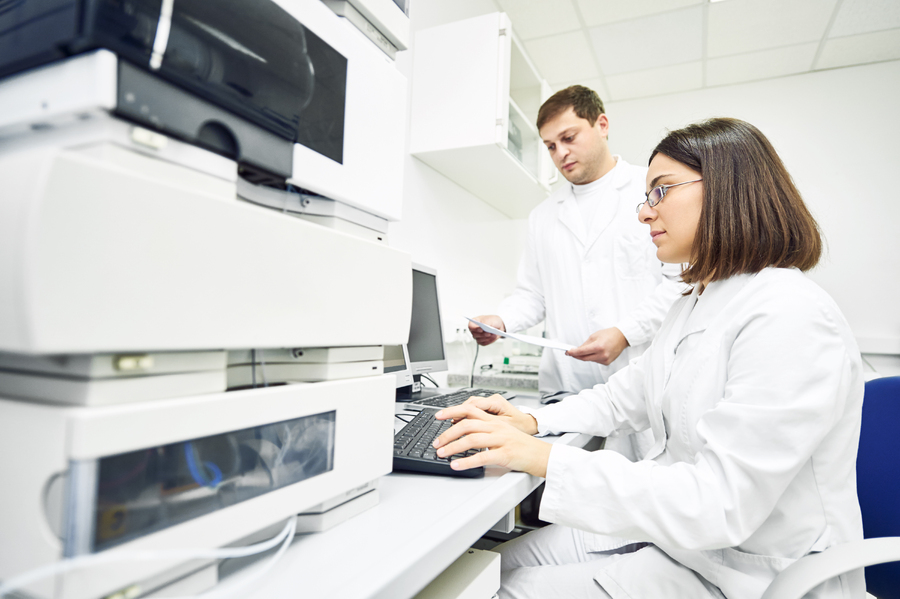Liquid Chromatography
Accurate Analysis Starts With Chromatography

Detectors
Available
UV-Vis
PDA
Fluoresecence
Refractive Index
ELSD
Electrochemical/Pulsed Ampeometric
charged aerosol detector
MS
How Liquid Chromatography Works
A sample is injected and carried by the mobile phase through the column. Components with weaker interaction with the stationary phase elute faster, while those that bind more strongly linger longer. As each component exits the column, detectors like UV-Vis, PDA, fluorescence, or ELSD record signals proportional to concentration. The unique retention time under the fixed chromatographic conditions helps identify each analyte.
Our 3-Step Process to Safer, Compliant Products
From initial consultation to clear, actionable results, we make it simple to get the data you need to move forward.
Receive Technical Consultation
We assess compliance requirements, testing scope, and timelines
Get Fast, Accurate Answers
Expert testing and analysis delivered with actionable data
Ready to Get Results You Can Trust?
Book a consult with our team to discuss your goals, get expert input, and map out your next steps — with no pressure, just clarity.
.png?width=100&height=104&name=Frame%204%20(1).png)